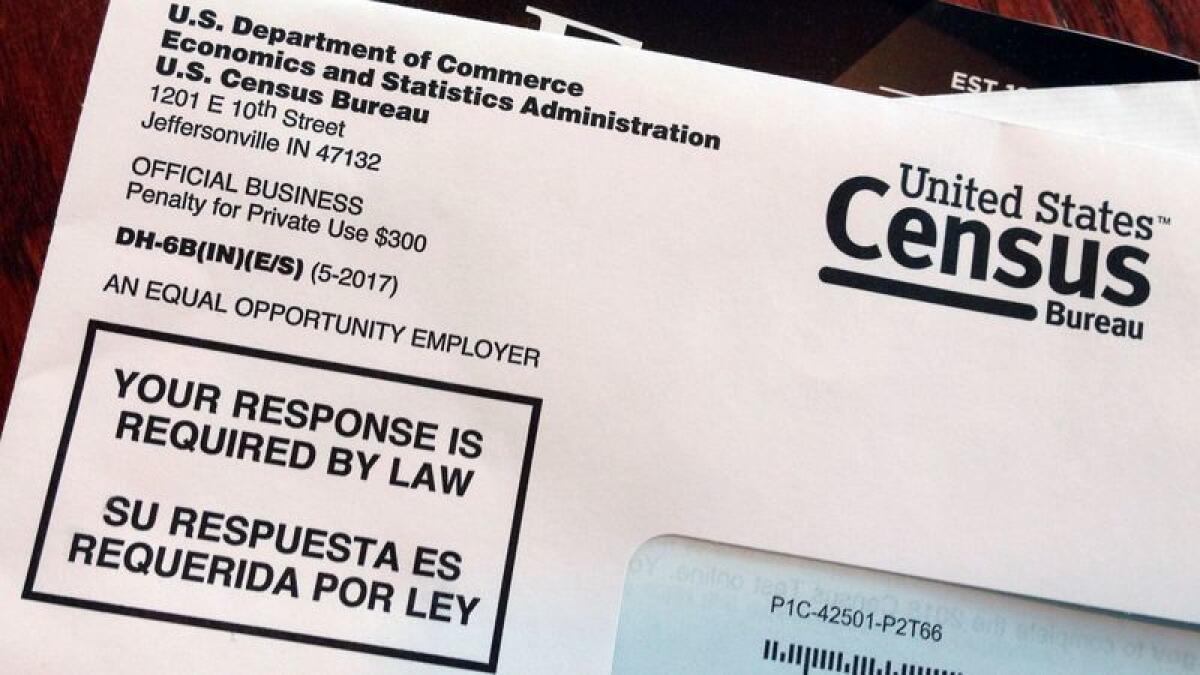Commentary: Will the U.S. Census ensure that all of Orange County’s children count?

Those of us with children and grandchildren consider them to be the center of the universe. But to the state and federal lawmakers, business leaders and researchers, a significant number of Orange County’s children simply don’t exist because they are not counted in the national census.
Young children, ages 0 to 5, are undercounted at a higher rate than any other age group in the nation. What few realize is that billions in federal dollars for schools and hospitals are apportioned according to census data, and an accurate count helps to ensure that our children get their fair share of those resources.
In 2015 alone, the U.S. Census was used to determine the allocation of more than $675 billion in federal funding to fund state programs that have a direct impact on children and families, including Head Start, Medicare, the Supplemental Nutrition Assistance Program and reduced-priced school lunch programs.
However, inaccurate census counts result in federal funds, which should be directed to Orange County, being allocated elsewhere. And regrettably, undercounting of our youngest population residents does occur. This point was underscored in the last national census as the undercount for children under the age 5 was three times higher in 2010 than it was in 1980.
In the upcoming headcount, experts fear that young children may be at a higher risk of being undercounted than ever before. This makes the undercounting of young children a national issue with grave local implications such as the potential loss of federal funding.
Why does undercounting occur? Sometimes infants are undercounted because new parents erroneously believe the census incorporates birth records. For the most part, however, young children are left off the census because they fall into a category referred to as “hard to count.”
Young children fall in to the “hard to count” category because they are disproportionately represented in poor households, households who don’t speak English, or households with complex family arrangements, such as shared parental custody or children living with a grandparent.
In these types of households, children are left off the census due to language barriers or uncertainty about whether to count these young children as a part of the household.
Orange County’s Early Development Index (EDI) can provide us a snapshot of the “invisible” children in our community. The EDI is a population measure of school-readiness, but according to the EDI, 45,000 families with children in Orange County live below the poverty line, which historically categorizes these children as “hard to count.”
As a member of the Orange County Board of Supervisors and a commissioner with First 5 Orange County’s Children & Family’s Commission, I am asking any parent, grandparent, foster parents or legal guardian to ensure this year’s census count is accurate.
In our communities, we need to step up and say, “Our children count — count our children.”
Doug Chaffee is a member of the Orange County Board of Supervisors.
All the latest on Orange County from Orange County.
Get our free TimesOC newsletter.
You may occasionally receive promotional content from the Daily Pilot.



